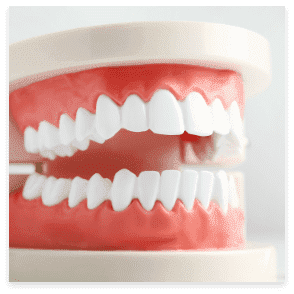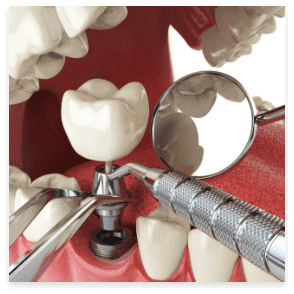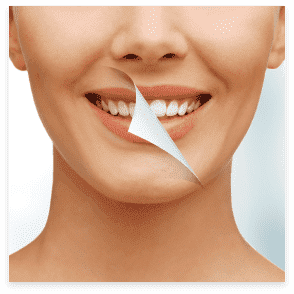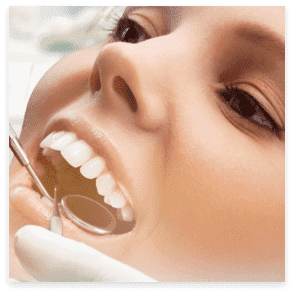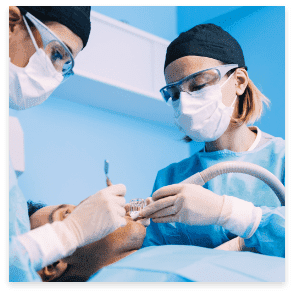The Four Stages Of Tooth Decay
Tooth decay damage is the direct result of bacteria that live in the mouth and feed off of plaque. Plaque is the sticky, soft, white material that sticks to the enamel surface of the teeth. Plaque is made from sugars and food particles mixed with saliva. when plaque is not removed sufficiently, the bacteria convert the plaque into acids. The acids then break down and denature the enamel surface and cause tooth decay.
Tooth decay that is left untreated will continue to damage and eventually attack the nerve, resulting in infection or possibly tooth loss.
The First Stage of Tooth Decay

Second Stage of Tooth Decay
Third Stage of Tooth Decay
If a cavity is left untreated it will continue to the third stage and grow larger and deeper into the second layer of the tooth which is the dentin. Dentin is much softer than enamel and the decay spreads much more rapidly once into the dentin. Sensitivity to hot and cold and sweets is heightened at this stage. Patients may also experience painful tooth aches as well. Treatment by a dentist at this point may require a dental crown. If not treated in a timely manner, the decay will lkely start to spread to the nerve of the tooth.
Fourth Stage Of Tooth Decay
As the decaying tooth continues to progress, it begins to affect the nerve and pulp chamber. The pulp chamber is the innermost layer of the tooth which contains the nerve. Once the bacteria caused by the tooth decay reaches the nerve it forms an abscess. A root canal may be performed to save the tooth, which is a process to remove the nerve and the bacterial buildup. Antibiotics may be prescribed at this time. An untreated tooth at this stage can lead to severe pain and possibly the need to extract the tooth.
Good Oral Hygiene Is The Best Prevention
Prevent Tooth Decay and Schedule Your Dental Exam Today
A visit to your Spring Hill family dentist for your checkups and teeth cleaning is the best way to avoid complicated dental problems.
If you are experiencing pain or sensitivity in your teeth, you may need treatment to prevent further problems. Call The Dental and Denture Care Center at (352) 848-1050 to schedule an exam today or contact us through our website here. Our team of dental experts are here to give you the best smile of your life.


